Data engineering
The curse of the data lake monster

Thoughtworks and MeetupAI welcomed a group of speakers and panelists, presented by Anna Gudmundson, to discuss the business value of ethical Artificial Intelligence and Machine Learning.
There is no better time than now to have the crucial discussions about how businesses can best approach exploration, innovation and deployment of AI in an intelligent and ethical way.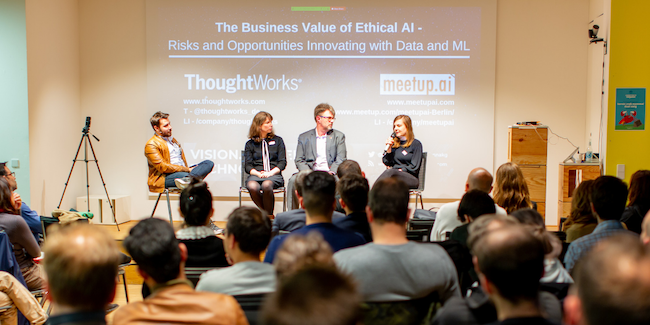

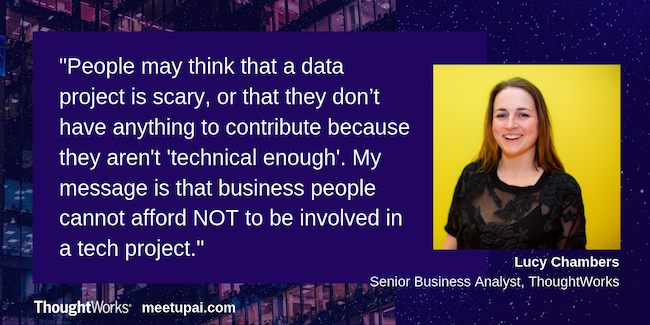
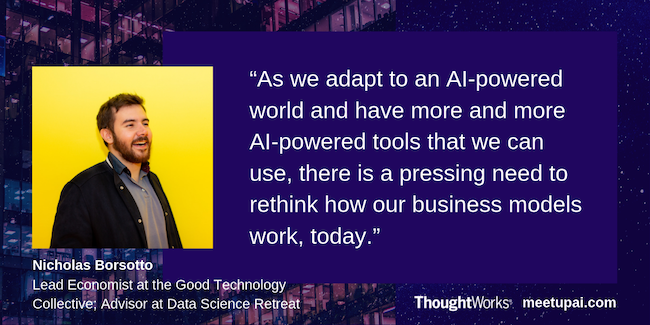
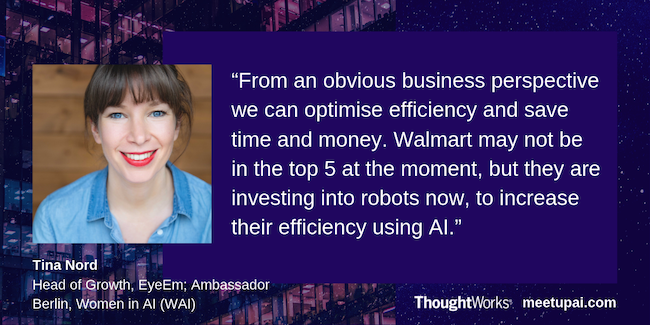
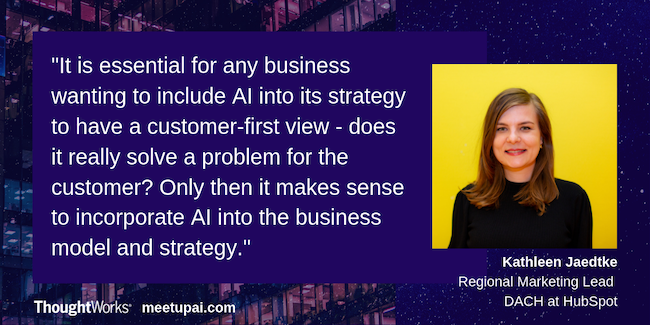
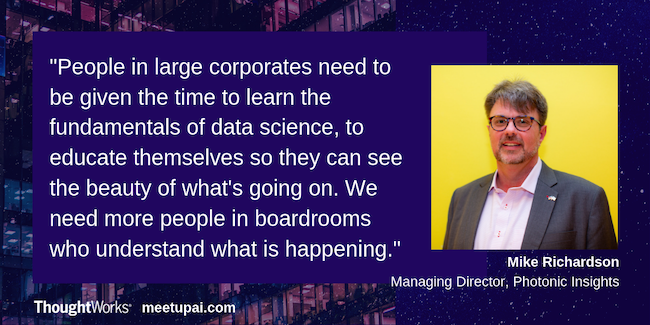
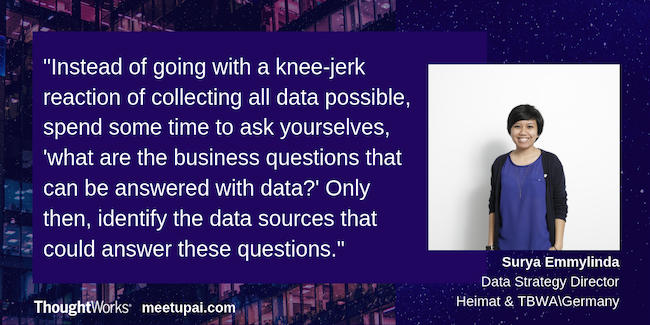
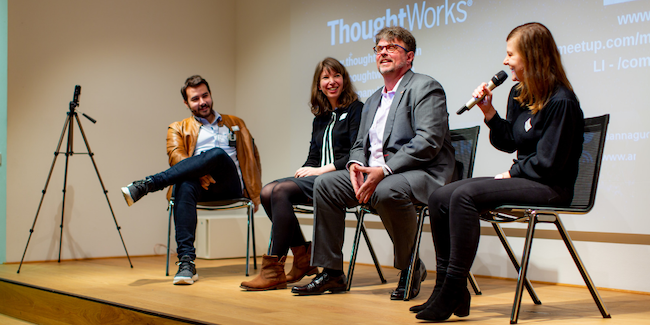

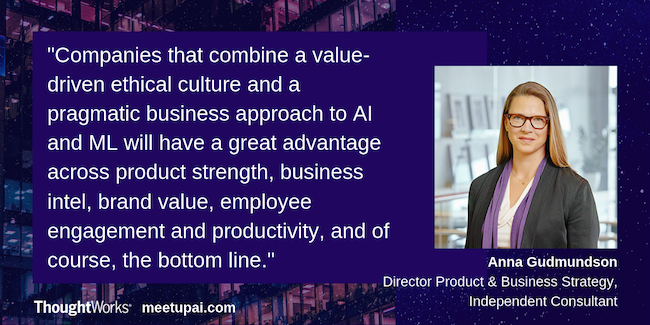
Disclaimer: The statements and opinions expressed in this article are those of the author(s) and do not necessarily reflect the positions of Thoughtworks.
